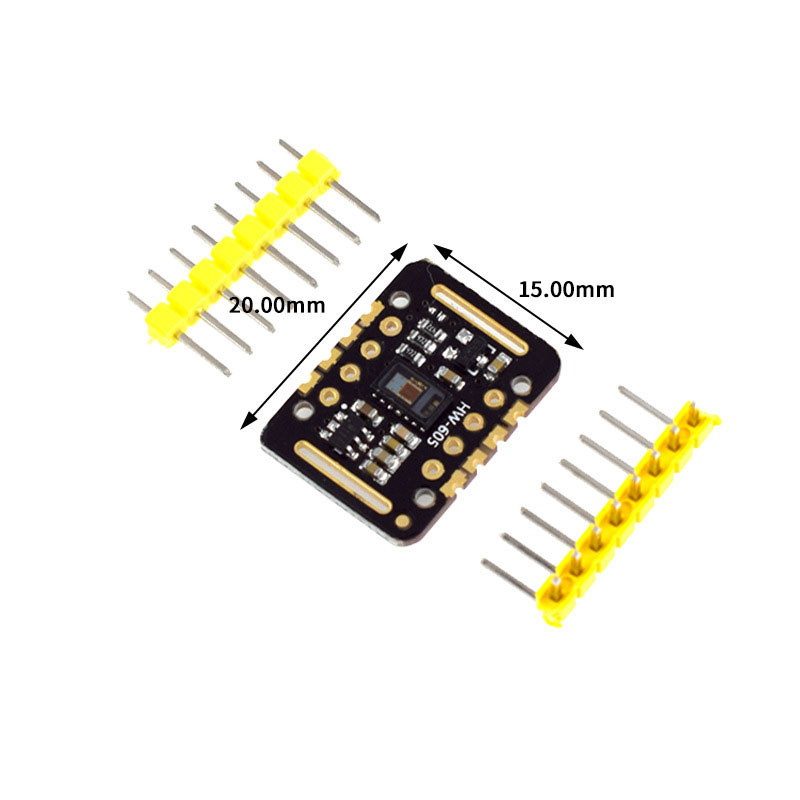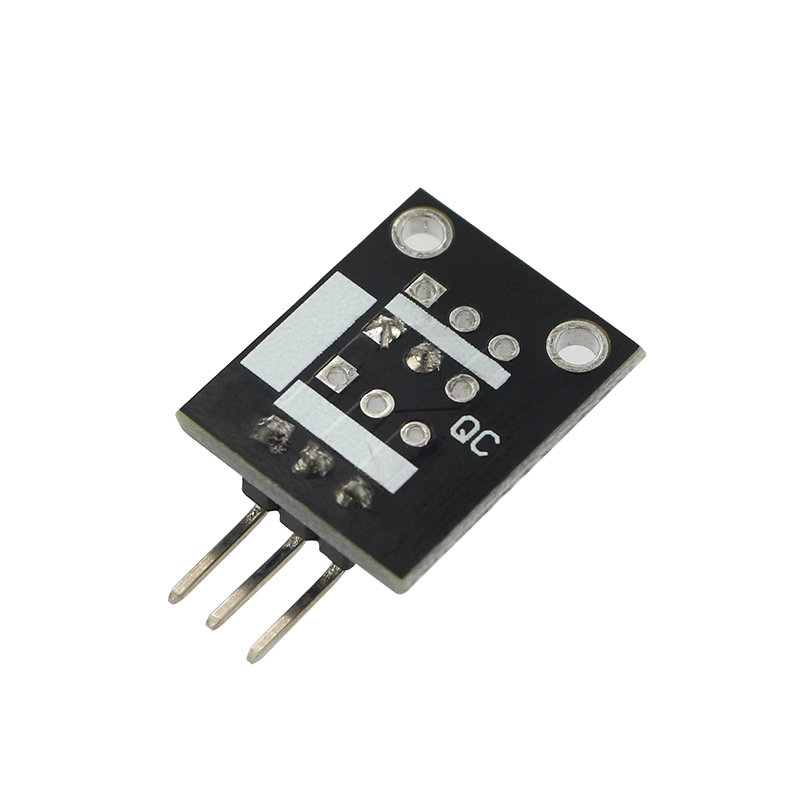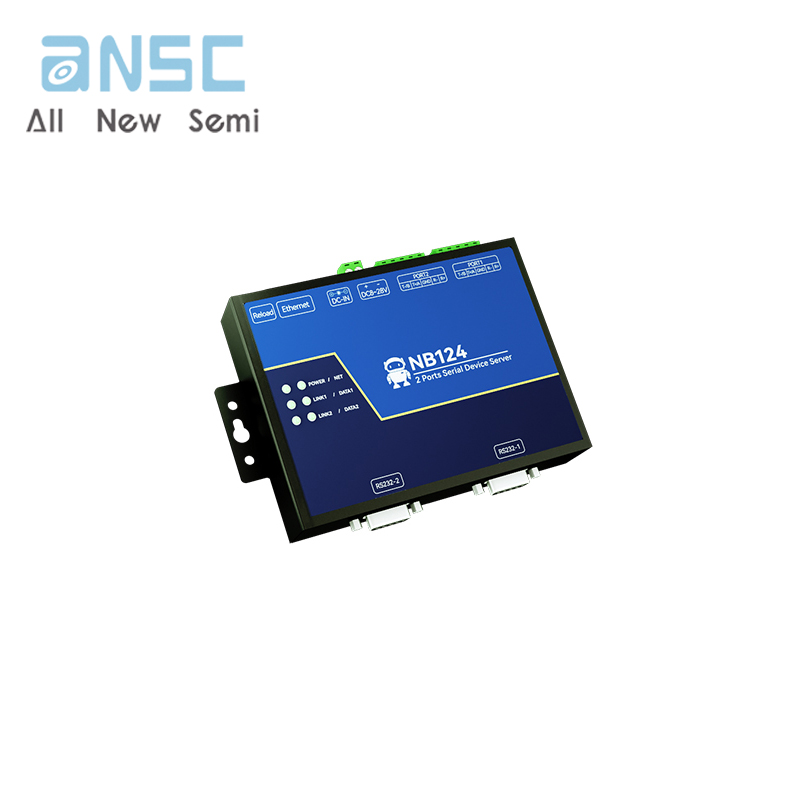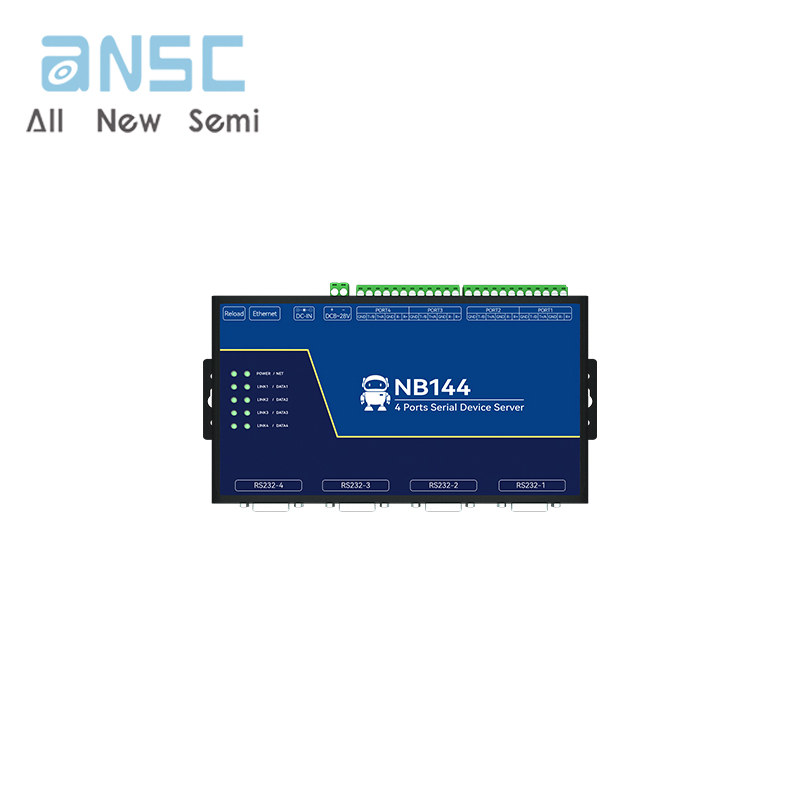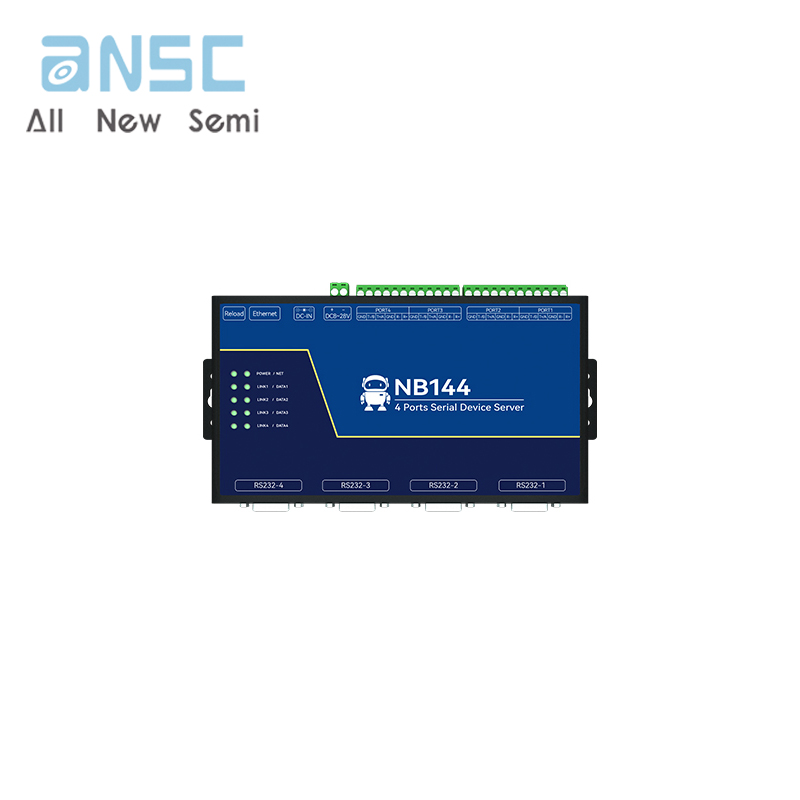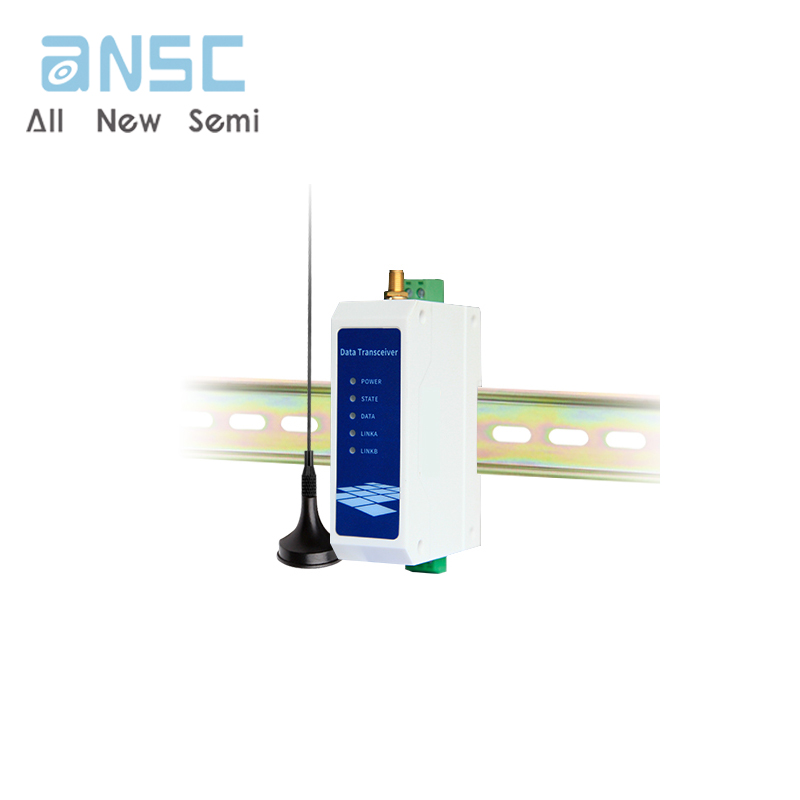Product Introduction
MAX30102 is an integrated pulse oximeter and heart rate monitoring biosensor module. It integrates a red LED and an infrared LED, a photodetector, optical components, and low-noise electronic circuits with ambient light suppression. The MAX30102 uses a 1.8V power supply and an independent 5.0V power supply for internal LEDs, and is applied to wearable devices for heart rate and blood oxygen collection and detection. It is worn on fingers, earlobes, wrists, and other areas. The standard I2C compatible communication interface can transmit the collected values to microcontrollers such as Arduino and KL25Z for heart rate and blood oxygen calculation. In addition, the chip can also turn off the module through software, and the standby current is close to zero, achieving a constant power supply state. Due to its excellent performance, this chip has been applied in Samsung Galaxy S7 smartphones by Dali. Compared with the previous generation product MAX30100 (which has been discontinued and phased out), MAX30102 integrates a glass cover to effectively eliminate external and internal light interference, and has the best and most reliable performance.
The heart rate and blood oxygen sensor module is a biosensor module made according to the power requirements of MAX30102. Its I2C communication interface voltage is compatible with 1.8V/5V and can communicate normally with conventional microcontroller development boards such as Arduino, KL25Z, STM32, etc. In addition, corresponding heart rate and blood oxygen programs are provided, which can be easily used with various development boards to monitor heart rate and blood oxygen concentration. It is suitable for scientific research and teaching demonstrations in heart rate and blood oxygen, and is also very suitable for secondary development.
Product parameters
Circuit board size: 15 * 20MM
Circuit board thickness: 2.5mm
Module functions: heart rate measurement, blood oxygen concentration measurement, temperature measurement
Supply voltage: 1.8V-5V
Detection signal type: Light Reflection Signal (PPG)
Output signal interface: I2C interface
Communication interface level: 1.8/3.3V optional
Peak wavelength of red LED: 650NM-670NM
Infrared LED peak wavelength: 870NM-900NM
Interface Description
VIN: Power input terminal, 1.8V-5V
SCL: Clock of I2C bus
SDA: Data of I2C bus
INT: Interrupt pin
IRD: Output 2.8V, driving infrared LED
RD: Output 2.6V, driving red LED
GND: Grounding
Principle explanation
There are three traditional methods for pulse measurement: one is to extract from electrocardiogram signals; The second is to calculate the pulse rate based on the fluctuations measured by the pressure sensor during blood pressure measurement; The third method is the light volume method. The first two methods of extracting signals will limit the patient's activities, and prolonged use will increase the patient's physiological and psychological discomfort. As one of the most common measurement methods in monitoring, pulse measurement using optical volume method has the characteristics of simple method, convenient wearing, and high feasibility.
The basic principle of the optical volume method is to measure pulse and blood oxygen saturation by utilizing the different light transmittance caused by human tissue during blood vessel pulsation. The sensor used consists of a light source and a photoelectric converter. Fixed to the patient's fingers, wrists, or earlobes using bandages or clips. When measuring blood oxygen saturation, it is calculated based on the absorption of infrared light by oxygenated hemoglobin (HbO2) and hemoglobin (Hb). Blood vessels dilate and contract with the heartbeat, with more blood volume and more absorption of red/infrared light during diastole, and less blood volume and less absorption of red/infrared light during systole. The heart rate can be calculated based on the periodic changes in the amount of light reflected to the sensor. Formula for calculating blood oxygen saturation
As shown in the following figure:

Instructions:
The I2C communication interface of the module is compatible with 1.8V/5V and can communicate with most conventional development boards. The 1.8V/5V level can be selected through the solder joints on the module. As shown in the figure below, the middle of the solder joint is a common point, and the two sides are selected level connection points. The factory product is connected to 3.3V by default.
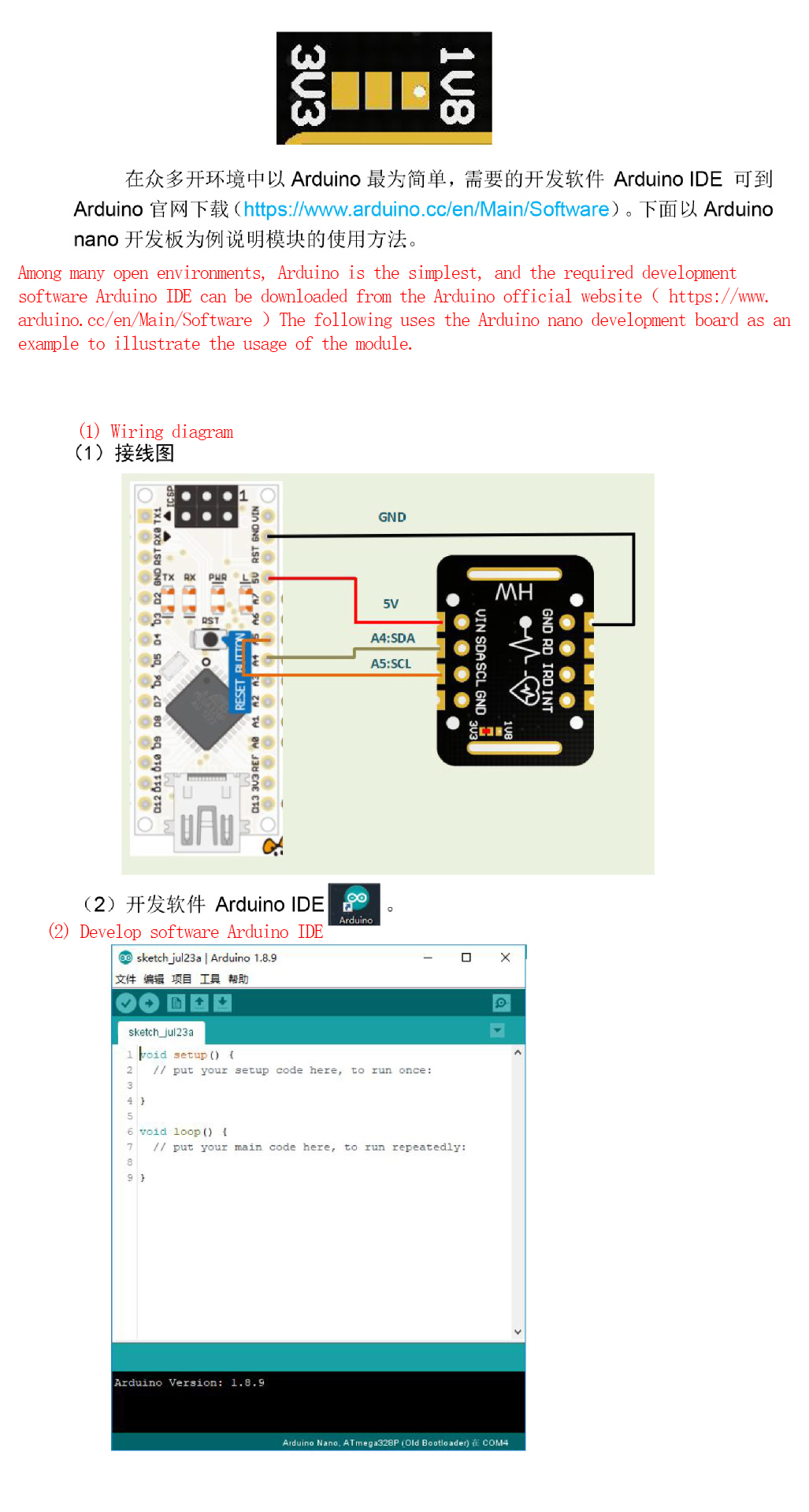
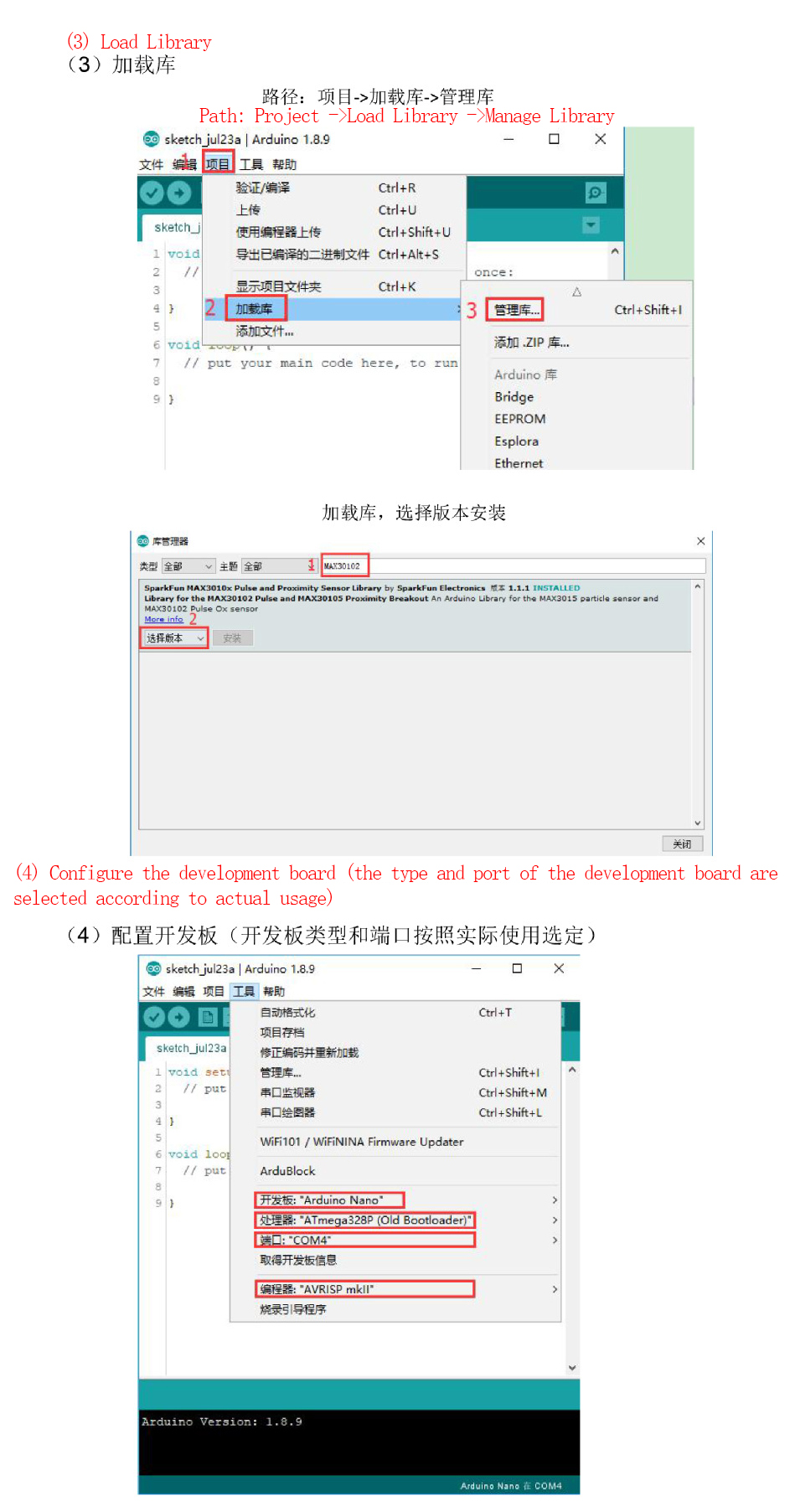
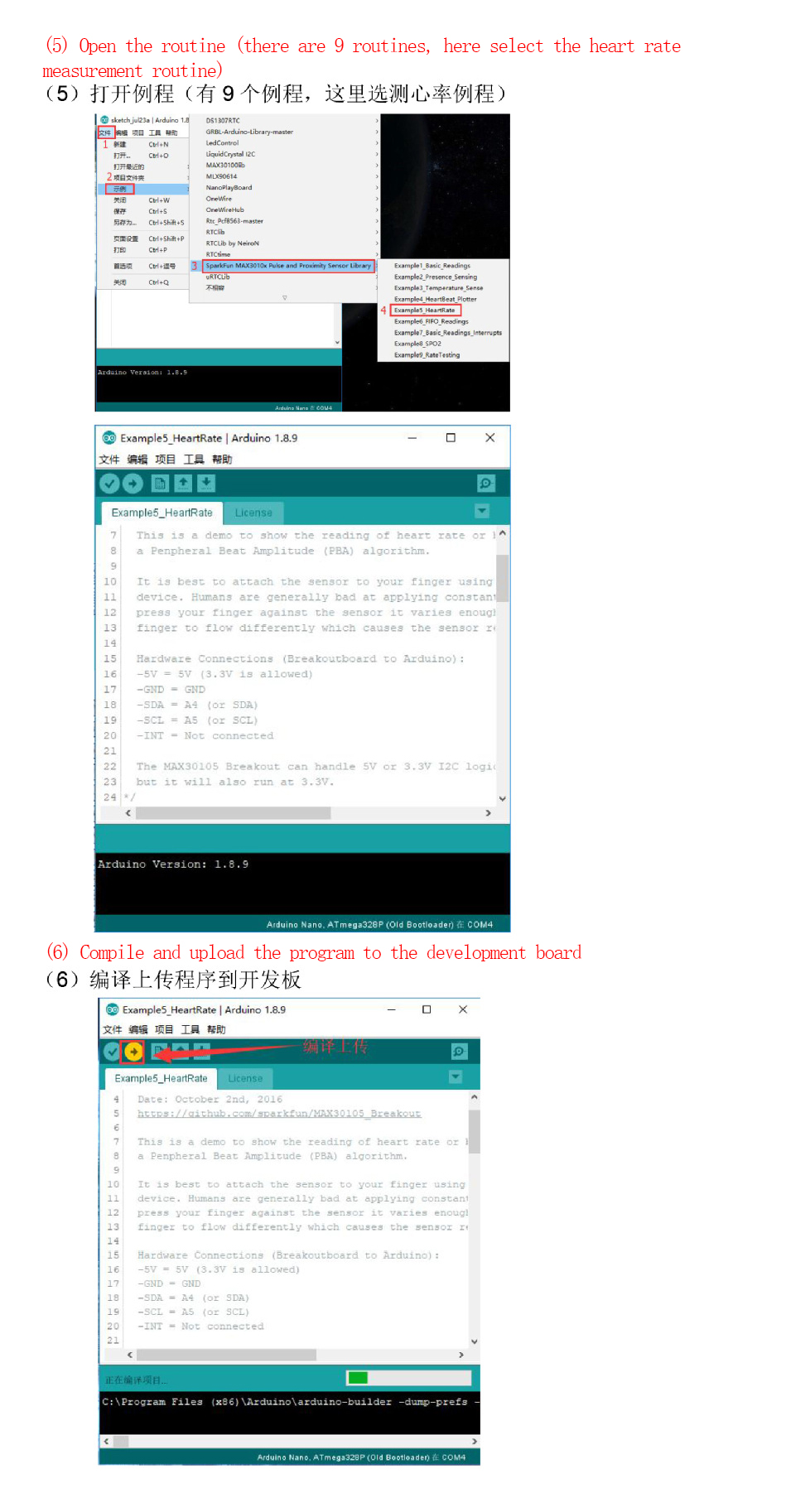
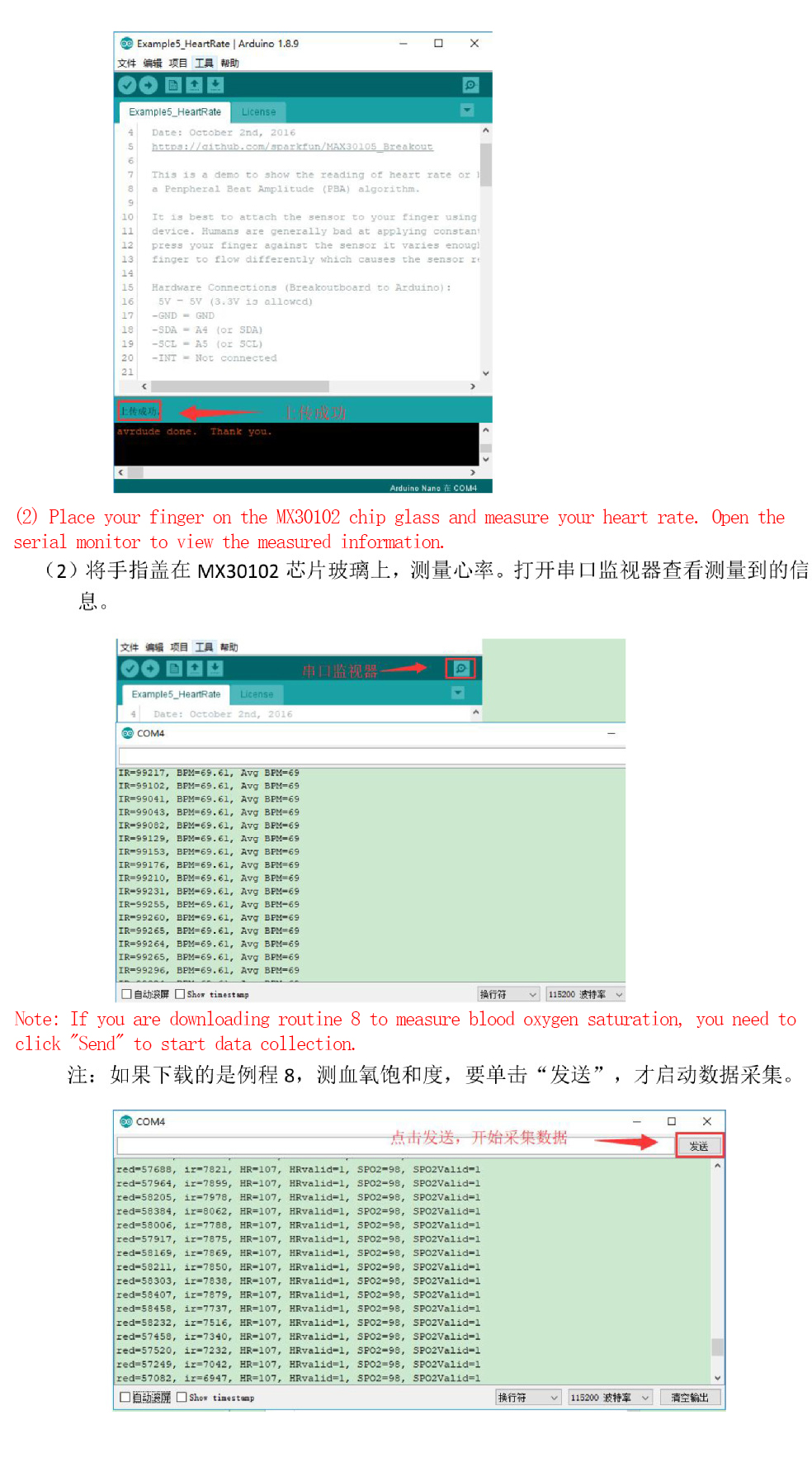
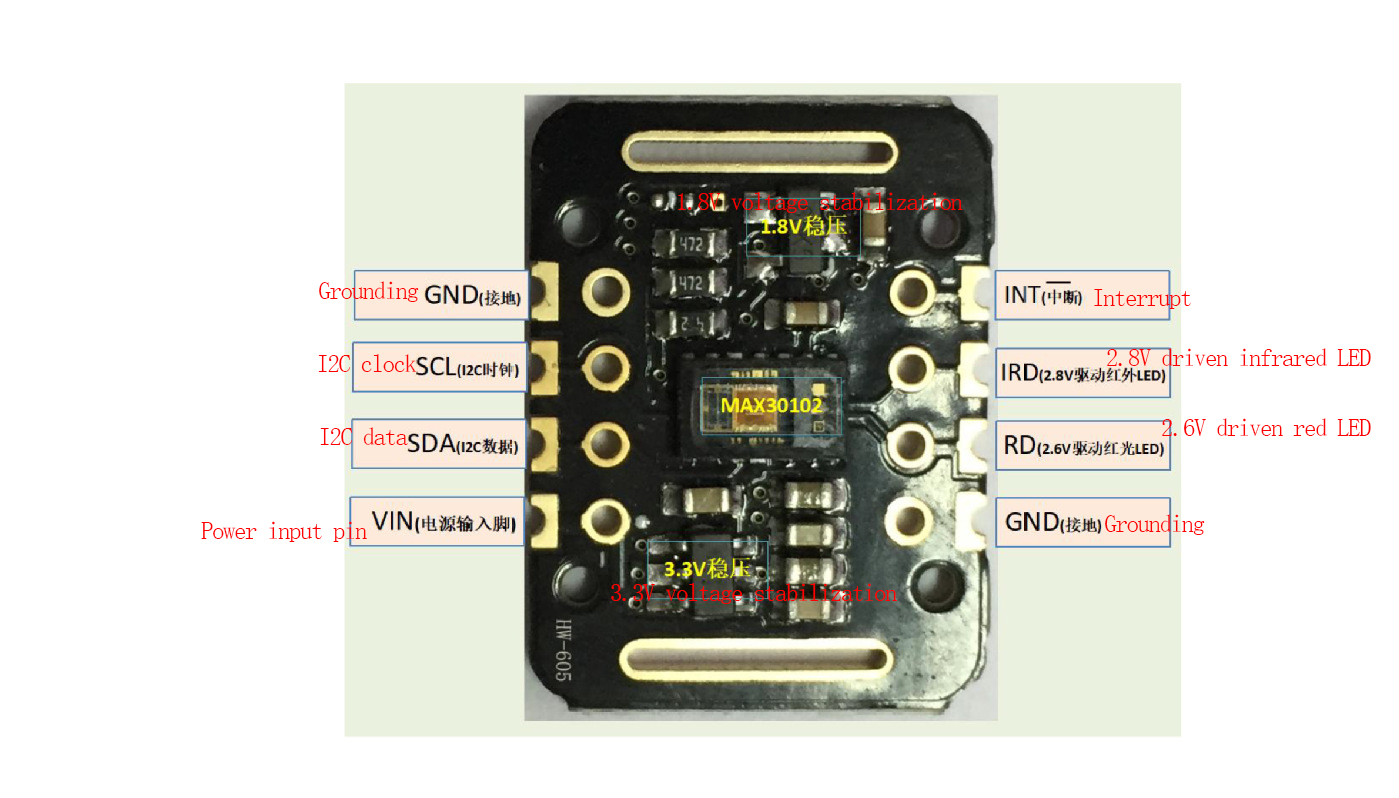
Product Size
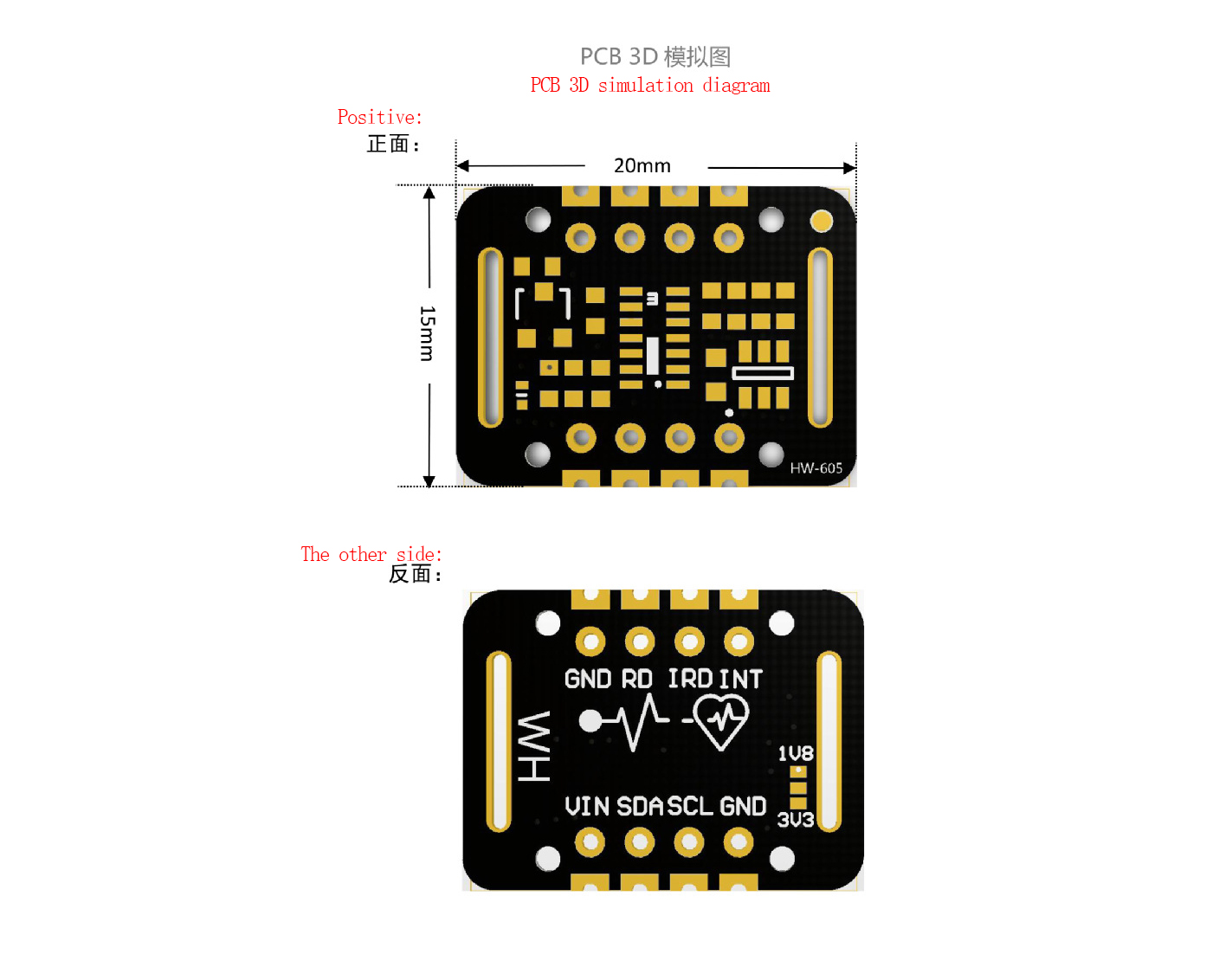
Product Show
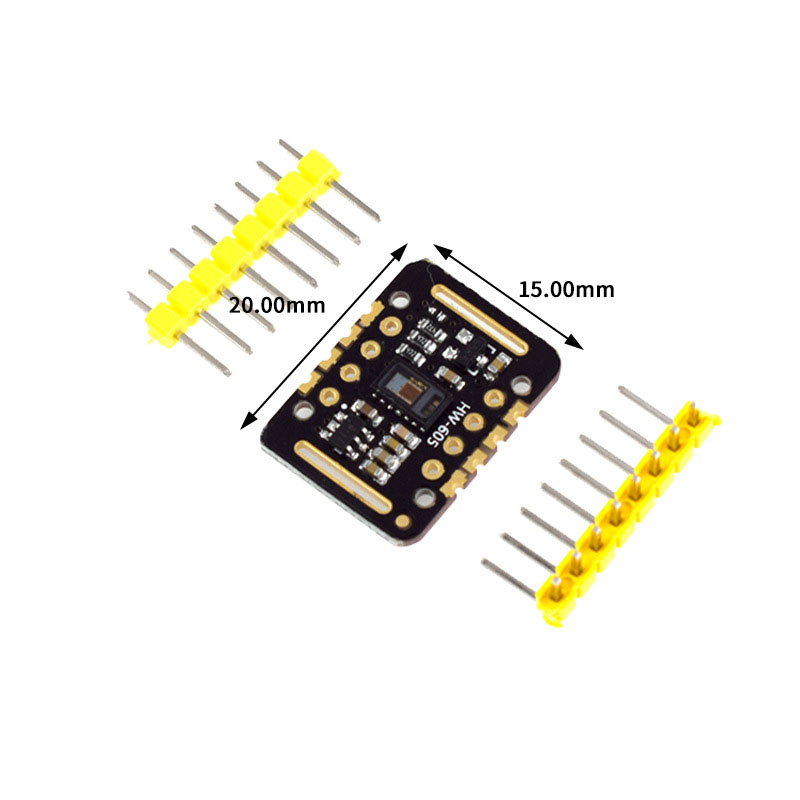
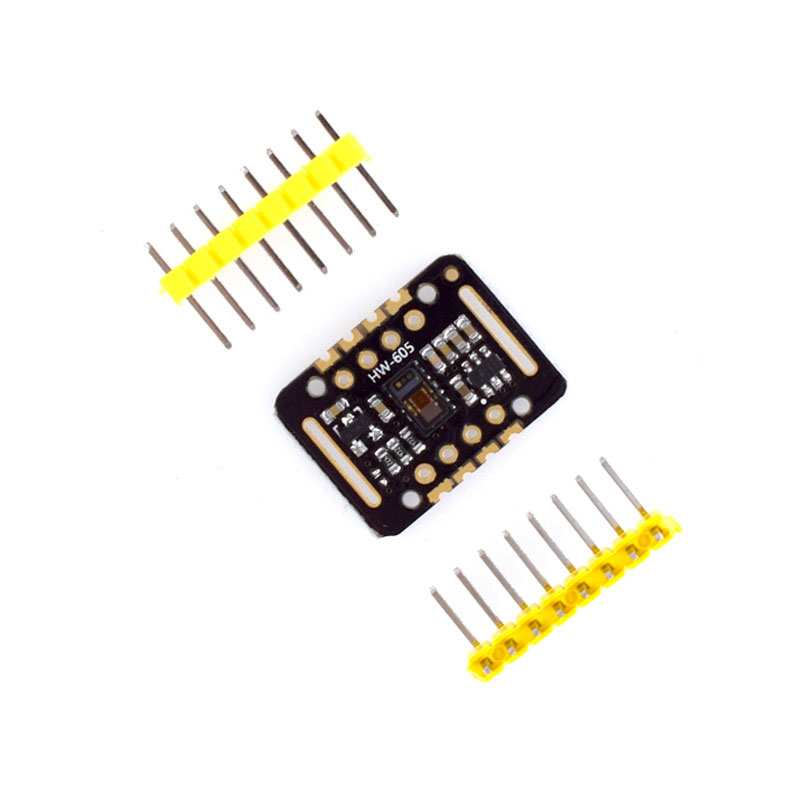
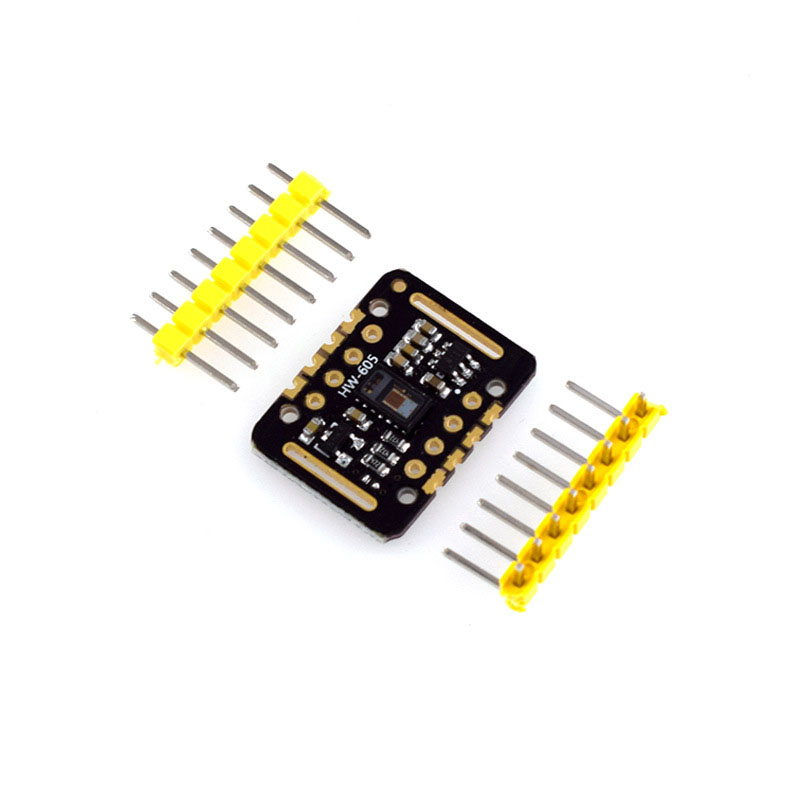
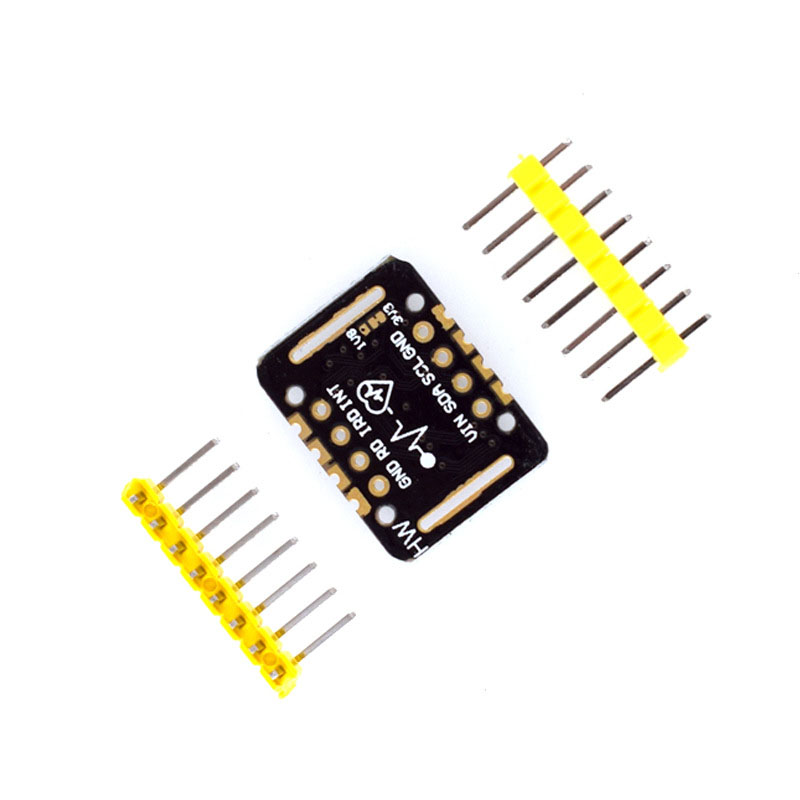
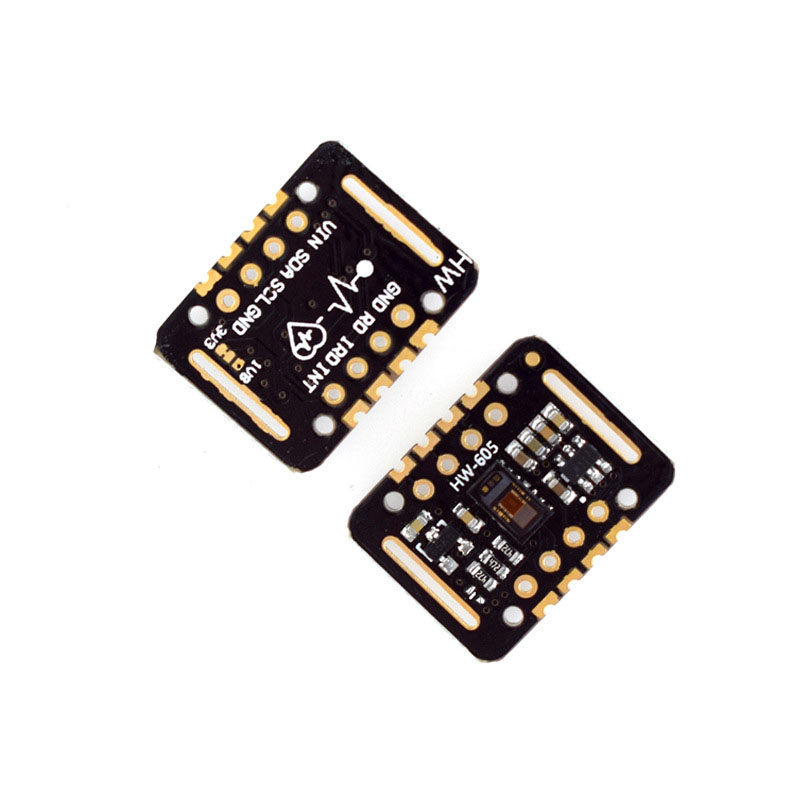
Payment&Transportation

Official Certificate&Certificate

Multiple product supply

Company office environment

Warehouse Real Shot

Standard packaging
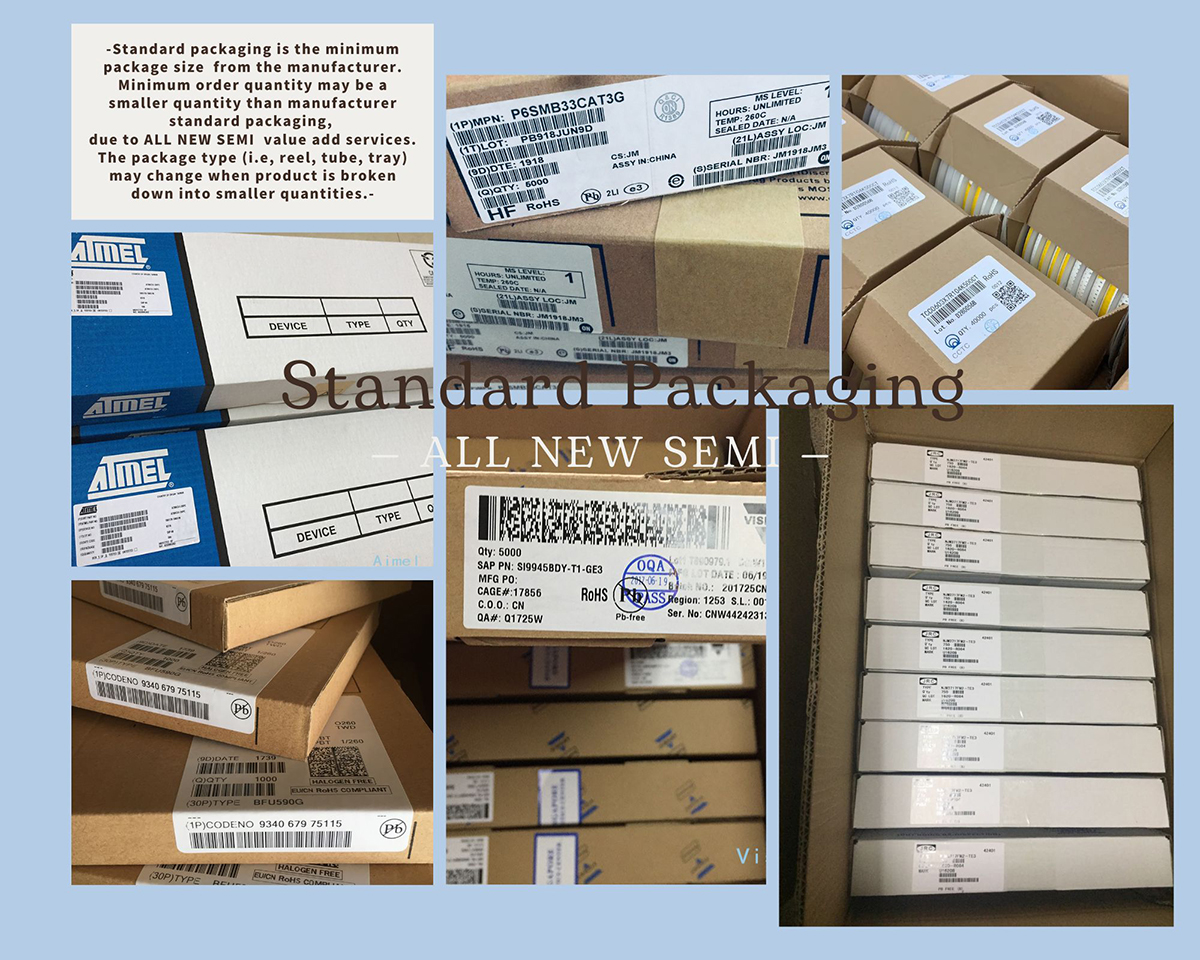
We also provide :
| Part No | Manufacturer | Date Code | Quantity | Description |
| LM22676ADJ | NS | 19+ | 250 | SOP8 |
| TPS562201DDCR | TI | 22+ | 795500 | SOT23-6 |
| NJG1806K75 | JRC | 22+ | 500000 | DFN6 |
| TLV74318PDQNR | TI | 22+ | 402000 | X2SON-4 |
| NJG1801K75 | JRC | 22+ | 300000 | SMD |
| NJG1804K64 | JRC | 22+ | 300000 | DFN8 |
| LM27761DSGR | TI | 22+ | 151000 | WSON8 |
| TLV62565DBVR | TI | 22+ | 138000 | SOT23-5 |
| TPS613222ADBVR | TI | 22+ | 108000 | SOT23-5 |
| LNK625DG-TL | POWER | 22+ | 100000 | SOP-8 |
| OPA4322AIPWR | TI | 22+ | 100000 | TSSOP14 |
| TLV75528PDRVR | TI | 22+ | 99000 | WSON-6 |
| TPS7A2025PDQNR | TI | 22+ | 78500 | X2SON-4 |
| TLV62568DBVR | TI | 22+ | 72000 | SOT23-5 |
| STM32L051K8U6TR | ST | 22+ | 60000 | QFN32 |
| SKY66421-11 | SKYWORKS | 22+ | 56500 | QFN16 |
| TPS7A1111PDRVR | TI | 22+ | 54000 | WSON6 |
| TLV62569PDDCR | TI | 22+ | 52000 | SOT23-6 |
| TLV62569DBVR | TI | 22+ | 48000 | SOT23-5 |
| TPS23753APWR | TI | 22+ | 40000 | TSSOP14 |
| NB691GG-Z | MPS | 22+ | 30000 | QFN |
| SN74AHC1G02DBVR | TI | 22+ | 27939 | SOT-23 |
| TPS63000DRCR | TI | 22+ | 23238 | VSON10 |
| TLV75533PDRVR | TI | 22+ | 21500 | WSON6 |
| NB687BGQ-Z | MPS | 22+ | 20000 | QFN |
| A3916GESTR-T-1 | ALLEGRO | 22+ | 17150 | QFN-20 |
| TPS62135RGXR | TI | 22+ | 15000 | VQFN11 |
| TLE2022AMDR | TI | 0803+ | 12500 | SOP8 |
| TPS23756PWPR | TI | 22+ | 12000 | HTSSOP-20 |

